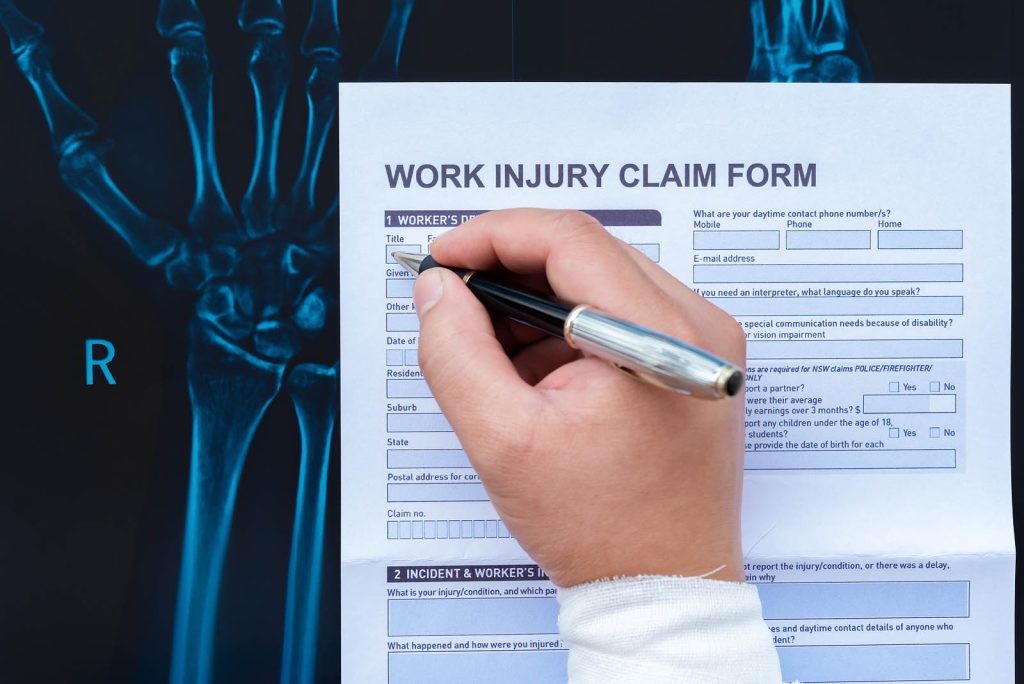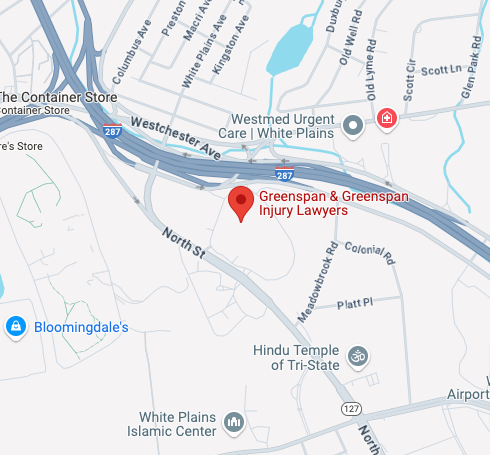You’ve been in an accident—maybe a car crash, a slip-and-fall, or another unexpected incident—and suddenly, your life has been disrupted by physical injuries and emotional turmoil. Bills are stacking up, and questions swirl in your mind. What about my pain? My sleepless nights? The stress that keeps me from going back to work? In New York, you might be entitled to compensation for these intangible losses, commonly called pain and suffering.
But how do you put a price on something as personal and subjective as physical discomfort or psychological distress? Insurers, attorneys, and courts have their methods, but there’s no one-size-fits-all formula. Below, we’ll break down pain and suffering calculations in New York, explain the factors that can influence an award, and show how an experienced legal team can help you pursue the maximum compensation for your intangible losses.
Defining Pain and Suffering in New York
Before diving into how to calculate pain and suffering damages, it’s crucial to understand what the term encompasses. In a personal injury context, pain and suffering typically encompasses:
- Physical pain—actual bodily discomfort, aches, limitations in movement, chronic pain, or any lingering effects from injuries;
- Emotional distress—psychological harm such as anxiety, depression, PTSD, and loss of enjoyment of life; and
- Loss of quality of life—the inability to engage in hobbies or activities you once loved, strains on relationships, or difficulty performing basic daily tasks.
While certain parts of an injury are quantifiable, like the cost of X-rays or surgery, the value of the pain and suffering you suffer is inherently subjective. That’s why pain and suffering damages for emotional distress and bodily discomfort can vary widely, even among cases that look similar at first glance.
The Serious Injury Threshold in New York
New York is a no-fault car insurance state. That means if you’re injured in a car accident, your own insurance typically pays for your medical expenses and lost wages, up to certain limits, without considering fault. However, if you want to pursue a pain and suffering lawsuit against the at-fault driver, you usually have to prove you’ve suffered a “serious injury” as defined by New York law.
Factors Influencing Pain and Suffering Awards
No two cases are identical, and a range of factors can significantly sway the final figure in pain and suffering lawsuit outcomes. How much pain and suffering? For a car accident, it depends on:
- Severity and duration of injuries. More intense pain over an extended period generally translates to higher awards.
- Permanence of condition. If your injury leads to lasting disabilities or chronic pain, courts often view your suffering as more substantial.
- Impact on daily life. Testimony and evidence showing you can’t return to work or enjoy previous hobbies can increase your compensation.
- Degree of fault. If you’re partly responsible for the accident in New York, your award can be reduced proportionally.
- Credibility of evidence. Medical records, expert witnesses, and consistent statements about pain levels can strengthen your claim.
Because pain and suffering is subjective, presenting detailed and credible evidence is essential. Thorough documentation of every aspect of your injury—physical therapy progress, mental health counseling, daily symptom logs—can help your attorney build a more compelling case.
If you go to trial, much will depend on jury discretion. New York juries look at various elements—the severity and permanence of your injuries, the impact on your daily life, and expert testimony—to arrive at a number they deem fair. Judges, too, can reduce or increase jury awards they believe are unreasonably low or high.
Practical Tips for Maximizing Your Pain and Suffering Claim
Establishing the full extent of your physical and emotional struggles can significantly influence your compensation. Below are several strategies to strengthen your case and protect your right to fair damages:
- Document everything. Keep records of medical visits, therapy sessions, and even a pain journal. The more details you can provide, the better your lawyer can illustrate your day-to-day challenges.
- Follow medical advice. Failing to attend appointments or refusing recommended treatments can lead insurers to question whether your pain is as severe as you claim.
- Maintain credibility. Be honest about your symptoms. Exaggerations can backfire if an insurer discovers you engaging in strenuous activities you claim you can’t do.
- Seek expert opinions. Physical therapists, psychologists, and vocational experts can offer insights that support your claim.
- Consult a lawyer early. A skilled attorney helps you avoid pitfalls, meets legal deadlines, and negotiates strongly with insurance companies that often try to offer low settlements.
By taking these proactive measures, you’ll preserve essential evidence of your pain and suffering and demonstrate your commitment to a genuine recovery—factors that can have a decisive impact on the outcome of your claim.
Frequently Asked Questions About Pain and Suffering in New York
Understandably, accident victims have numerous questions about pursuing compensation for pain and suffering, whether it’s due to a car accident or a slip and fall. We’ve compiled answers to some of the most commonly asked questions.
Do I Always Need a Serious Injury for Car Accident Pain and Suffering?
In most car accident cases, yes—New York’s no-fault system requires a “serious injury” to pursue pain and suffering claims. However, other types of personal injury cases (like slip-and-falls, product liability, or medical malpractice) don’t have this same threshold requirement.
Can I Get Compensation for Emotional Distress Alone?
Emotional harm can be part of your pain and suffering claim, especially if you’ve been diagnosed with conditions like anxiety, depression, or PTSD following the accident. That said, it often helps to have a physical injury as well since purely psychological claims can be harder to substantiate.
Will Insurance Pay for My Pain and Suffering Damages?
Yes, if you successfully demonstrate that a third party caused your injuries and that you meet the serious injury threshold if it’s a car accident. The amount of compensation will depend on your damages and the available policy limits.
Contact a New York Personal Injury Lawyer at Greenspan & Greenspan
Pain and suffering calculations aren’t a one-size-fits-all process. The compensation you receive depends on the specifics of your accident, the seriousness of your injuries, and the strength of your documented claim.
At Greenspan & Greenspan, we understand that no amount of money can erase the trauma of a serious accident. But we also believe in fighting for a settlement or court award that recognizes the depth of your suffering. You deserve the time and space to heal without the added burden of financial insecurity.
Let us put our decades of personal injury experience to work for you. Contact us today for a free consultation. We’ll learn about your situation, answer your questions, and develop a plan to pursue the full range of damages you’re owed.








